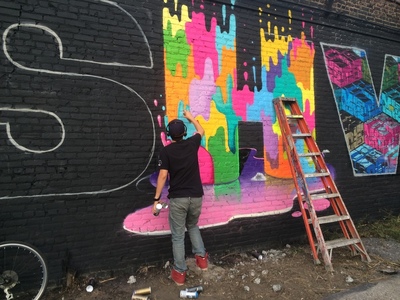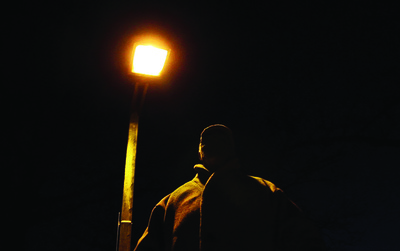
BY MATT BARONE |
What We Learned From the New Documentary THE BLACK PANTHERS: VANGUARD OF A REVOLUTION
In these two exclusive videos, Filmmaker Stanley Nelson breaks down how the Panthers’ style and “swag” were much more influential than society has given them credit for and the most surprising thing he learned while making the film.
1966 and 2015, one and the same?
Forty-nine years ago, Huey P. Newton and Bobby Seale launched the Black Panther Party for Self Defense, a militant response to an outbreak of police brutality against minorities in Oakland, California. The group organized intense rallies, formed a unified front with all-black attire and a no-joke disposition, bombed the system and, as a result, opened up people’s eyes to the police department's injustices. In the wake of Mike Brown, Eric Garner, Freddie Gray and the countless other unarmed black men who’ve died at the hands of police officers, America doesn’t seem much different right now than it did in ’66.
That’s just one of the many sentiments viewers will have while watching The Black Panthers: Vanguard of a Revolution, the new documentary from acclaimed non-fiction filmmaker Stanley Nelson. The film had its world premiere at this year’s Sundance Film Festival, and a recent New York City screening at the Human Rights Watch Film Festival’s closing night event. Impressively comprehensive, The Black Panthers details the group’s rise, prominence and lasting impact, including interviews with surviving Panthers and former cops, lawyers and journalists who crossed paths with them.
Considering the episodes of police brutality in the last two years and the reactionary #BlackLivesMatter movement, The Black Panthers is incredibly timely, and its resonance will continue to grow as the film builds towards its September 2 release and the country enters a post-Charleston climate.
TribecaFilm.com’s Sol Guy recently visited Stanley Nelson’s Harlem home to sit down for a discussion about the film. In these two exclusive videos, Nelson breaks down how the Panthers’ style was much more influential than society has given them credit for. You will also want to hear the most surprising thing he learned while making the film. Watch below.

